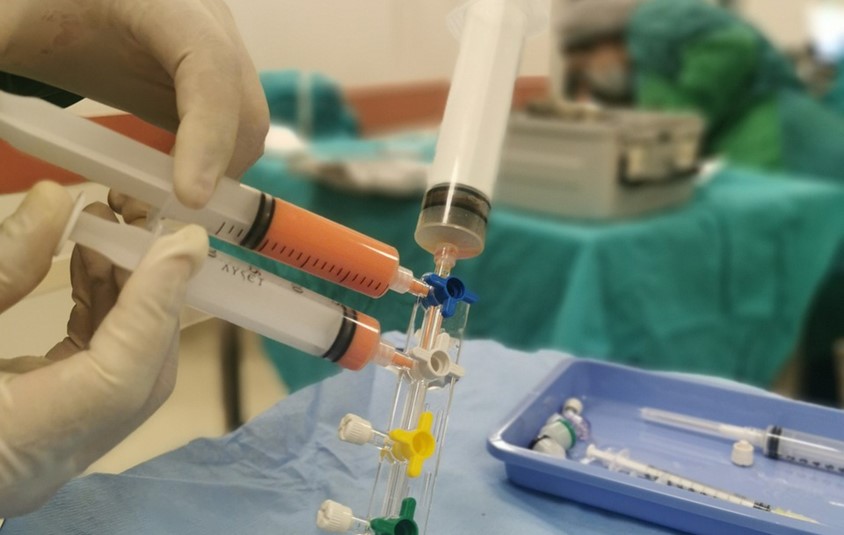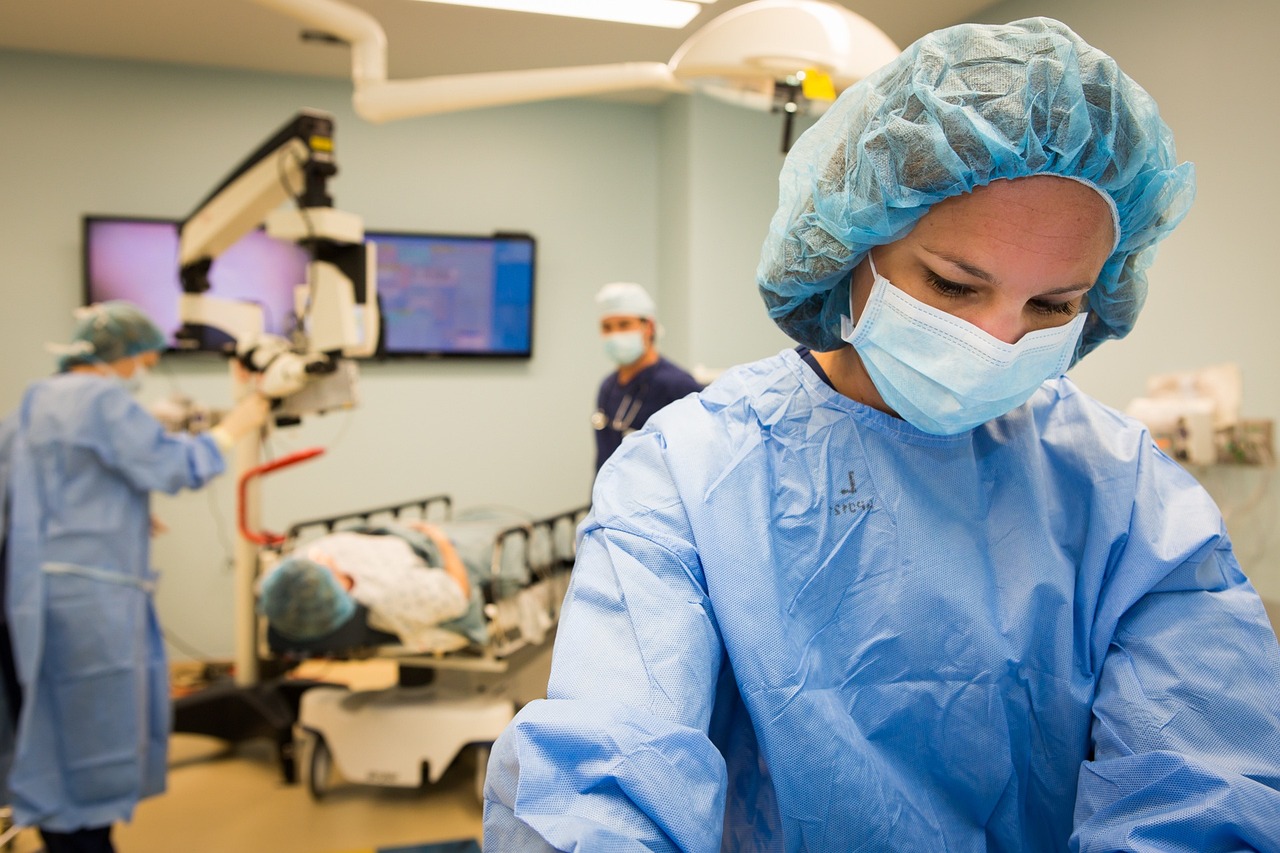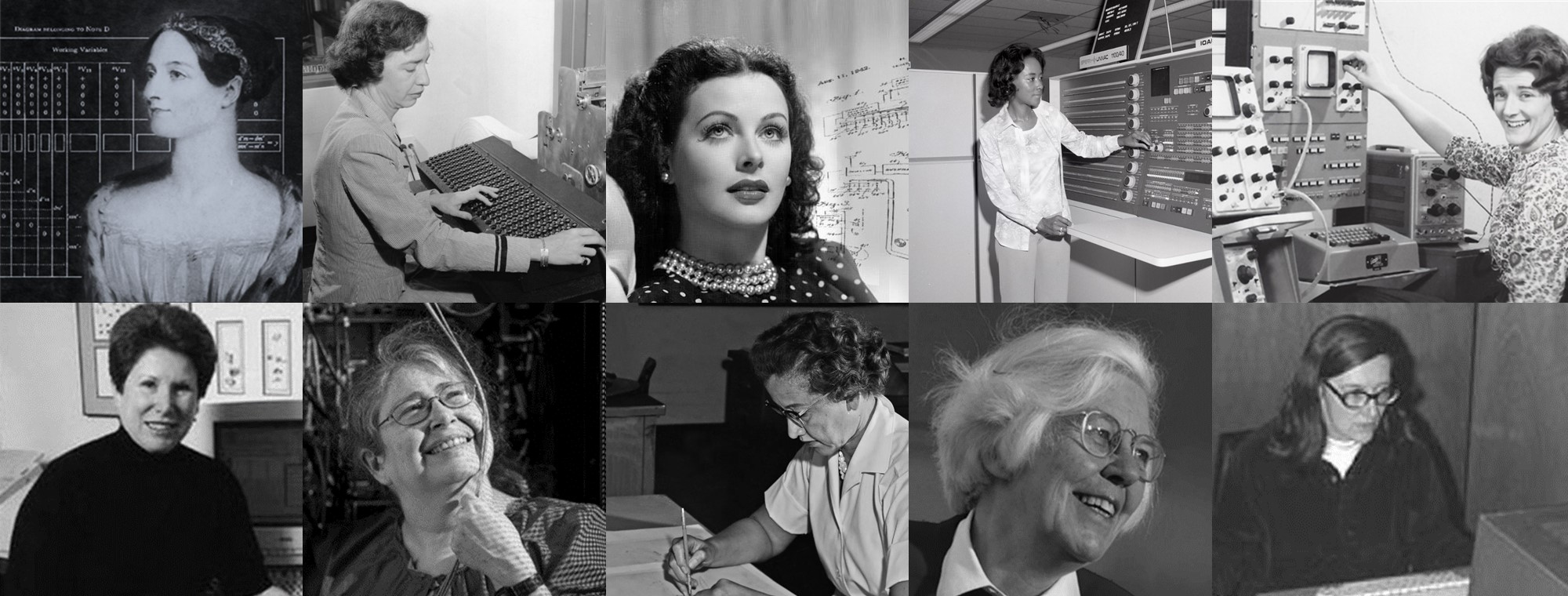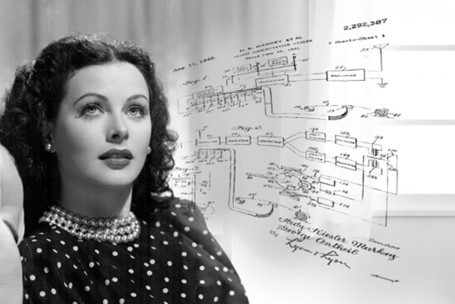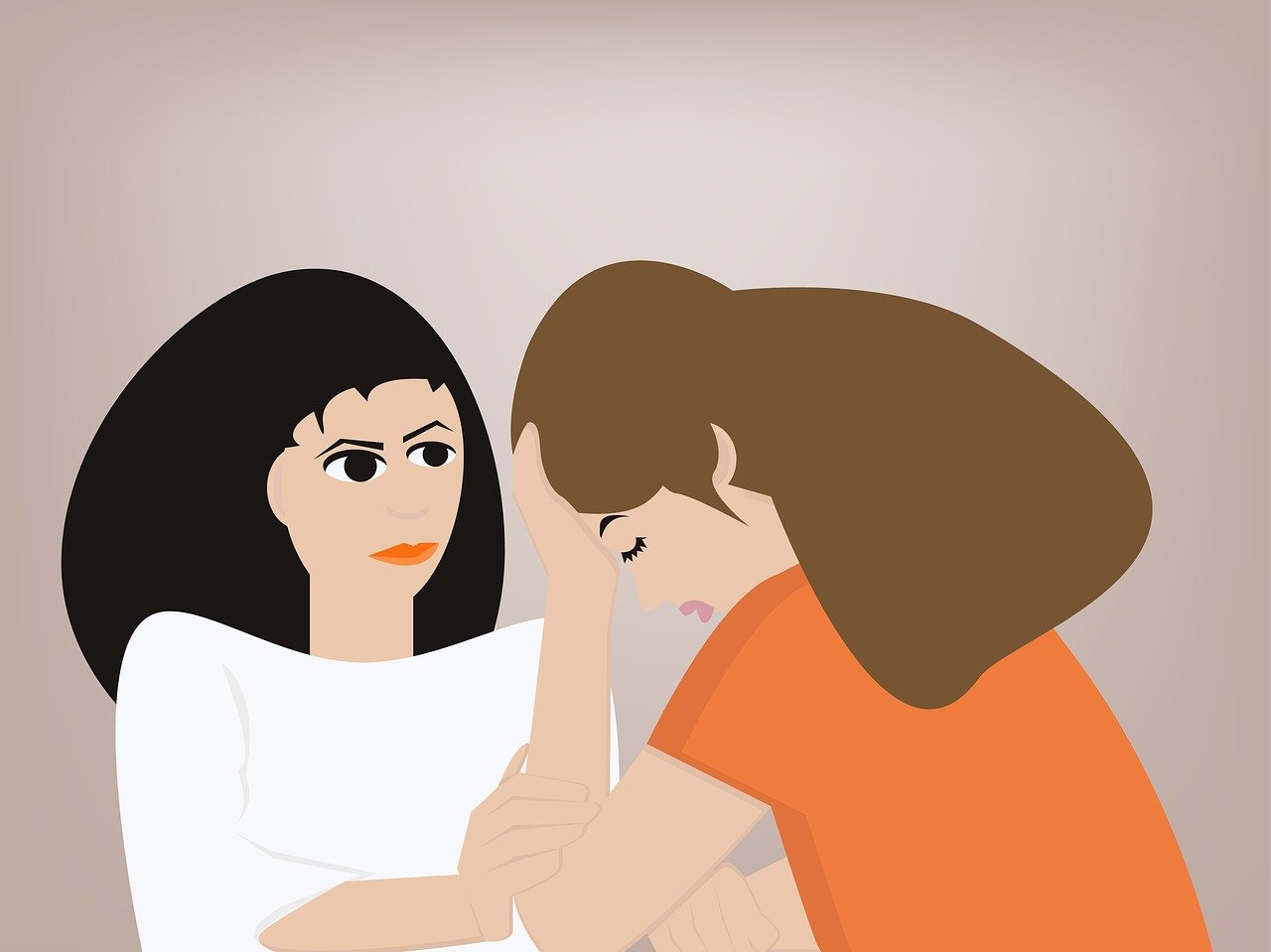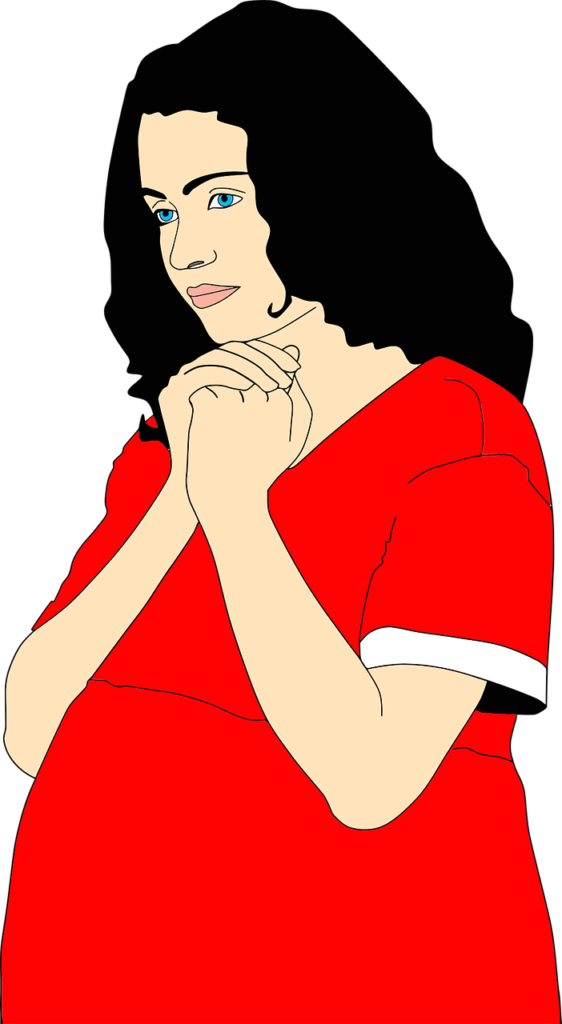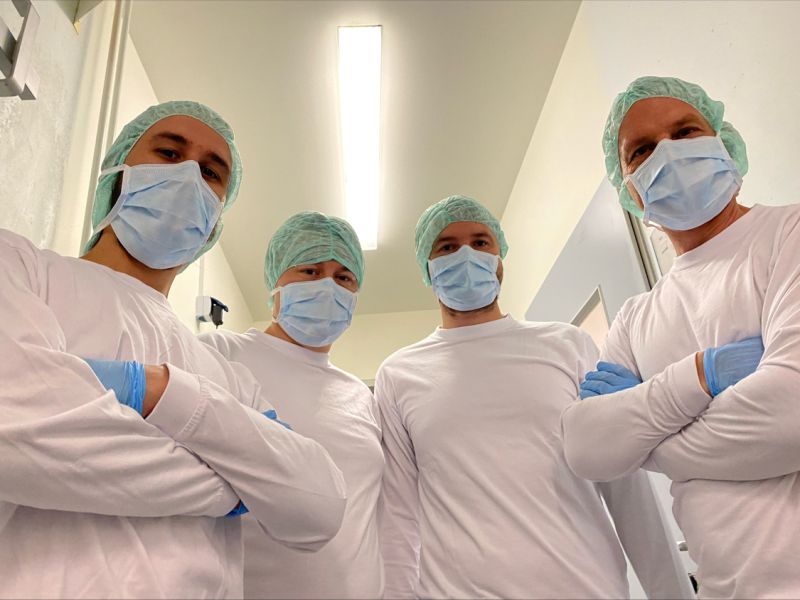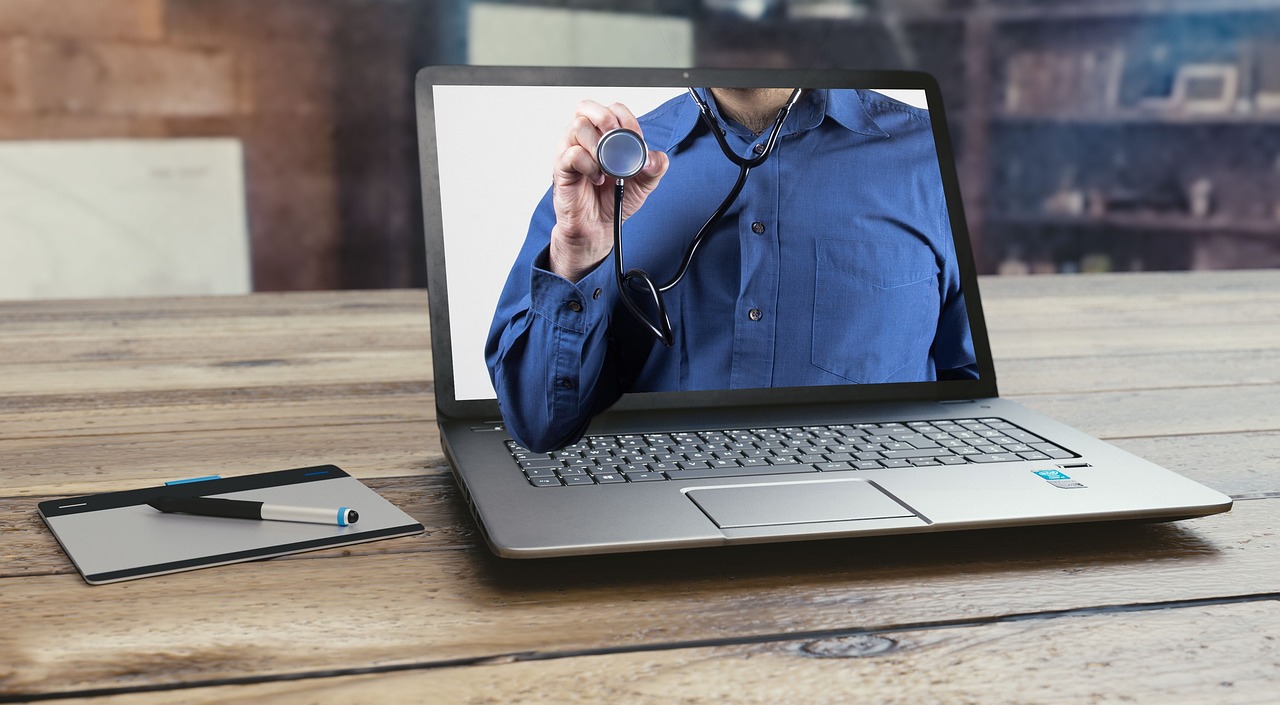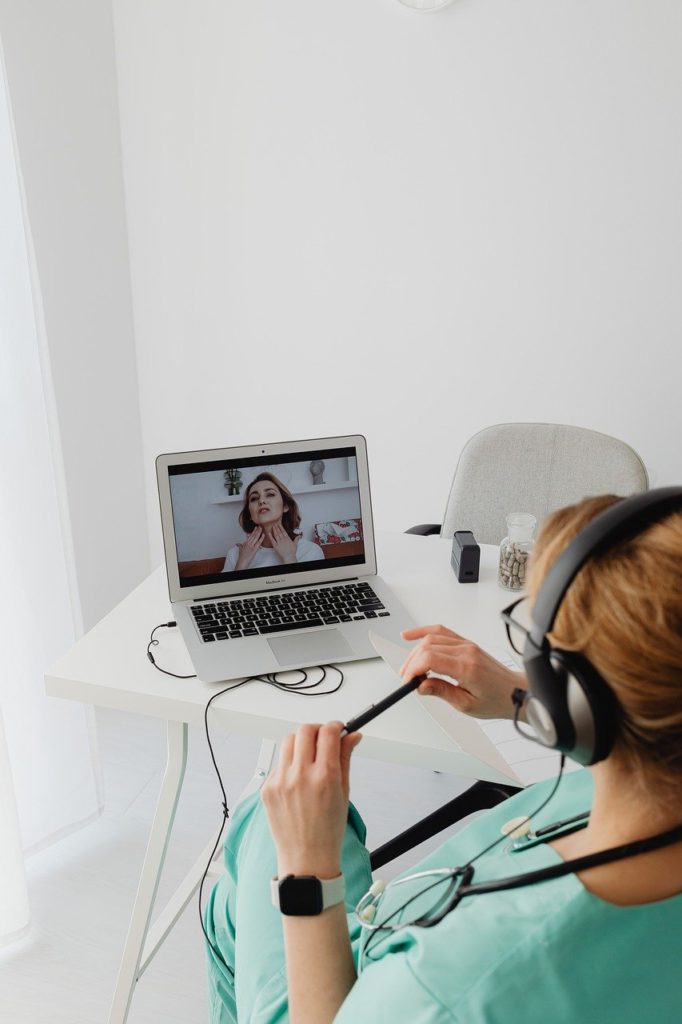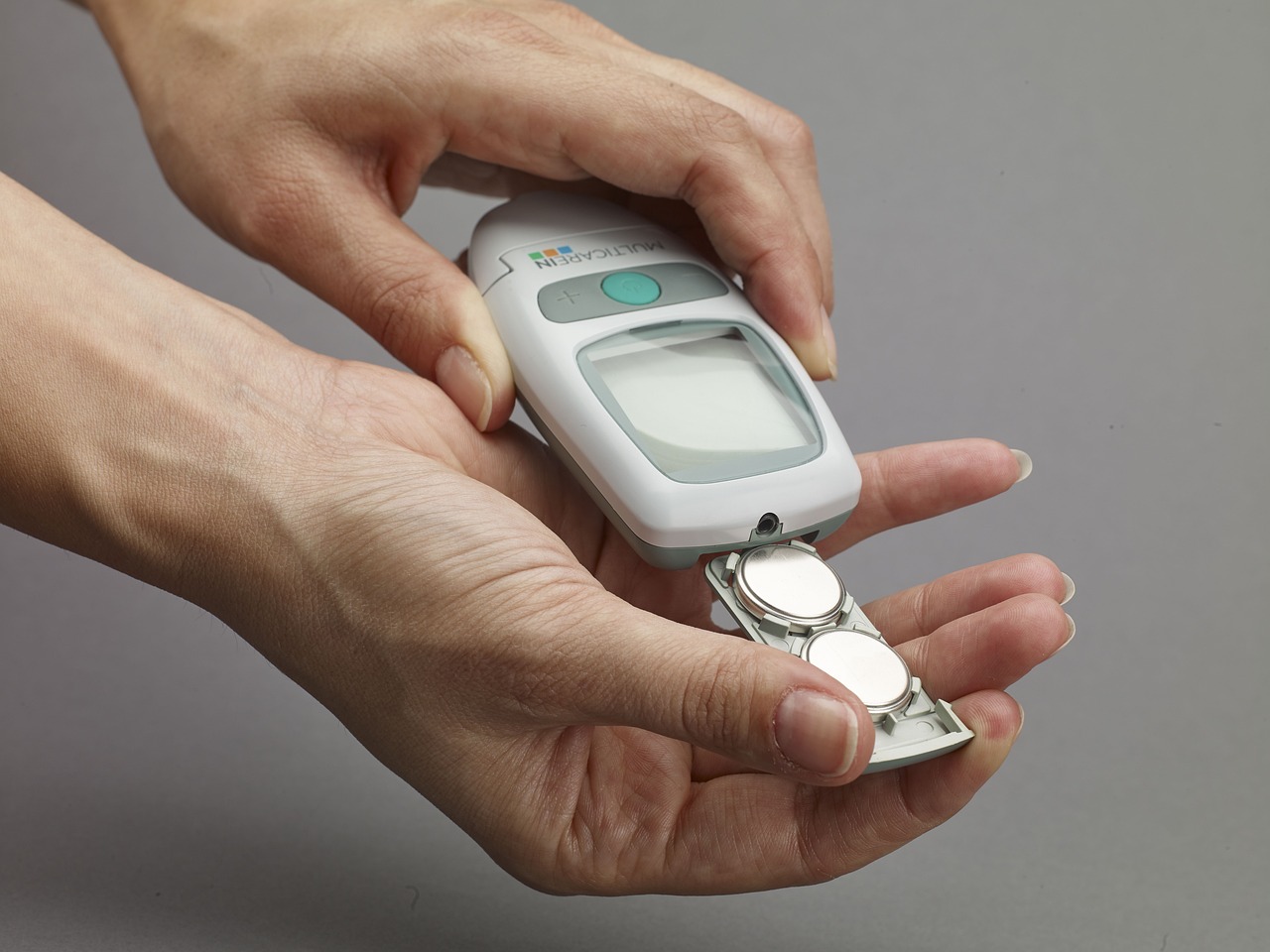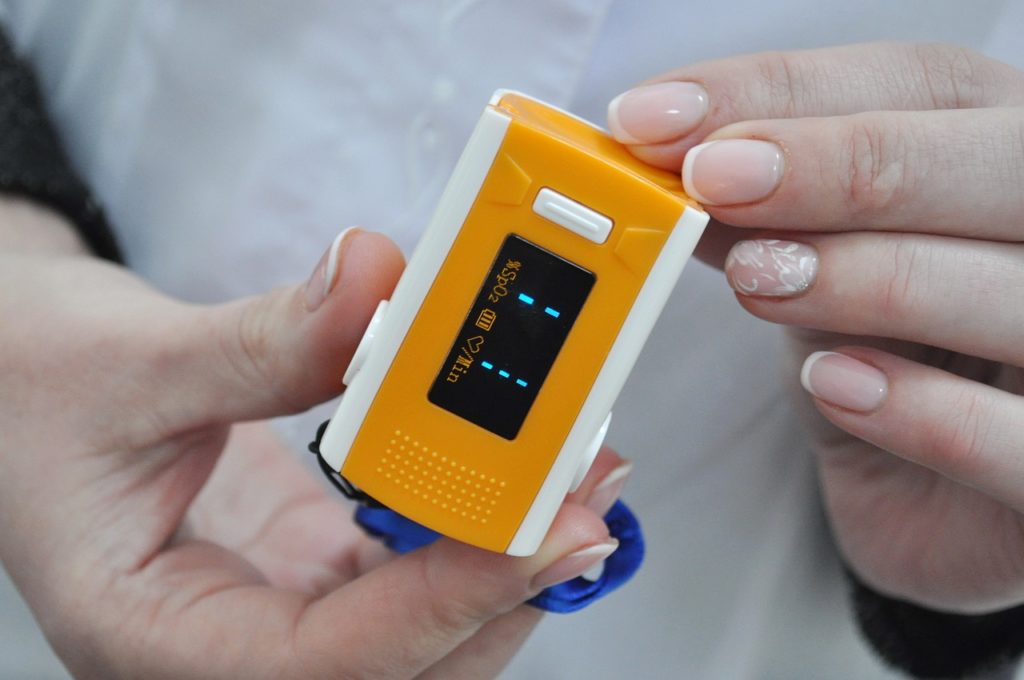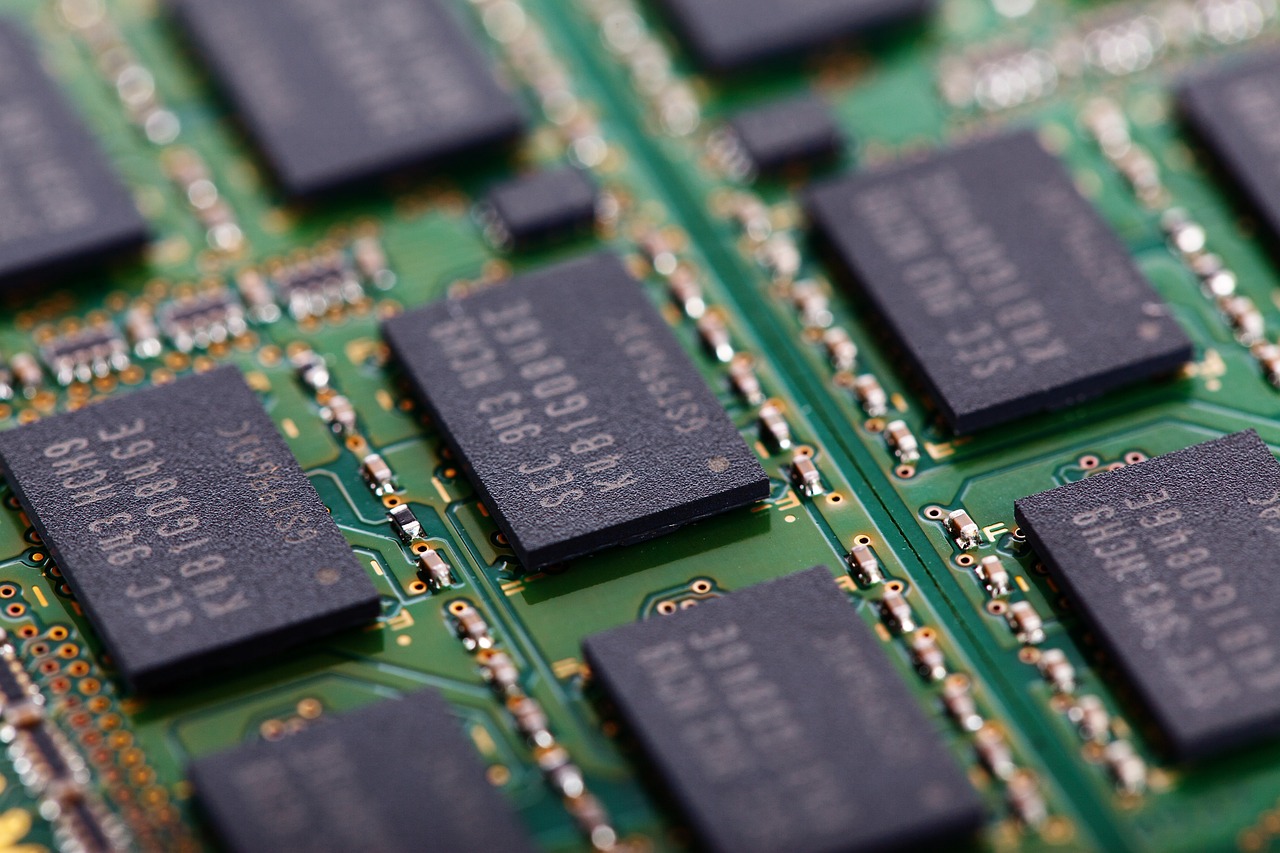Stem cells offer great promise for new medical treatments. Learn about stem cell types, current and possible uses, and the state of research and practice. People who might benefit from stem cell therapies include those with Parkinson’s disease, Alzheimer’s disease, spinal cord injuries, type 1 diabetes, amyotrophic lateral sclerosis, heart disease, stroke, burns, cancer and osteoarthritis.
What are stem cells?
- Stem cells are the body’s raw materials — cells from which all other cells with specialized functions are generated.
- Under the right conditions in the body or a laboratory, stem cells divide to form more cells called daughter cells.
- These daughter cells become either new stem cells or specialized cells (differentiation) with a more specific function, such as blood cells, brain cells, heart muscle cells or bone cells.
- No other cell in the body has the natural ability to generate new cell types.
What stem cells do?
🔬Increase understanding of how diseases occur.
🔬Generate healthy cells to replace cells affected by disease (regenerative medicine).
🔬Test new drugs for safety and effectiveness.
Where do stem cells come from?
There are several sources of stem cells:
- Embryonic stem cells: Embryonic stem cells to be used to regenerate or repair diseased tissue and organs. Guidelines define embryonic stem cells and how they may be used in research, and include recommendations for the donation of embryonic stem cells.
- Adult stem cells: These stem cells are found in small numbers in most adult tissues, such as bone marrow, or fat, or urine. Emerging evidence suggests that adult stem cells may be able to create various types of cells.
- Adult cells altered to have properties of embryonic stem cells: By altering the genes in the adult cells, researchers can reprogram the cells to act similarly to embryonic stem cells. This new technique may allow use of reprogrammed cells instead of embryonic stem cells and prevent immune system rejection of the new stem cells.
- Perinatal stem cells: Researchers have discovered stem cells in amniotic fluid as well as umbilical cord blood. These stem cells have the ability to change into specialized cells.
What are stem cell lines and why do researchers want to use them?
A stem cell line is a group of cells that all descend from a single original stem cell and are grown in a lab. Cells in a stem cell line keep growing but don’t differentiate into specialized cells. Ideally, they remain free of genetic defects and continue to create more stem cells. Clusters of cells can be taken from a stem cell line and frozen for storage or shared with other researchers.
What is stem cell therapy (regenerative medicine)?
Stem cell therapy, also known as regenerative medicine, promotes the repair response of diseased, dysfunctional or injured tissue using stem cells or their derivatives. It is the next chapter in organ transplantation and uses cells instead of donor organs, which are limited in supply.
Have stem cells already been used to treat diseases?
Yes. Doctors have performed stem cell transplants, also known as bone marrow transplants. In stem cell transplants, stem cells replace cells damaged by chemotherapy or disease or serve as a way for the donor’s immune system to fight some types of cancer and blood-related diseases, such as leukaemia, lymphoma, neuroblastoma and multiple myeloma. These transplants use adult stem cells or umbilical cord blood.
What is therapeutic cloning, and what benefits might it offer?
Therapeutic cloning, also called somatic cell nuclear transfer, is a technique to create versatile stem cells independent of fertilized eggs. Researchers haven’t been able to successfully perform therapeutic cloning with humans despite success in a number of other species.
Here the full article by MAYO CLINIC:
https://www.mayoclinic.org/tests-procedures/bone-marrow-transplant/in-depth/stem-cells/art-20048117
